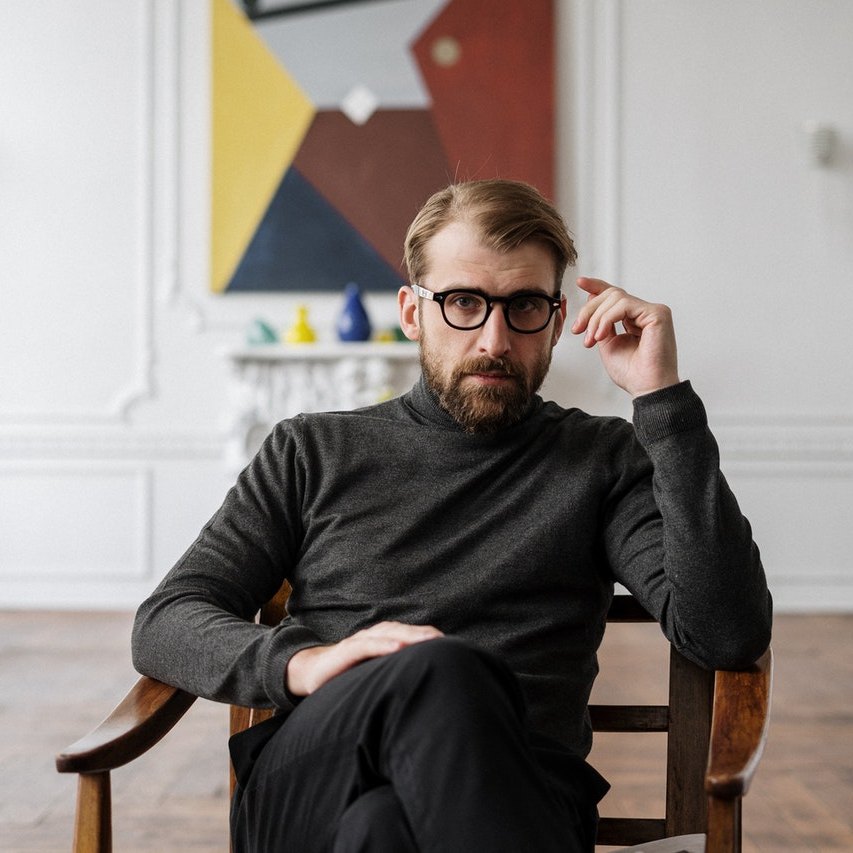Given the growing popularity of fine art, more and more people need the quality help of art advisors. With all the complexity that comes with investing and collecting works of art, it comes as no surprise that many art brokers and collectors require art advisory services. However, there is always a but. Whether you want to become a fine art advisor or you plan to work with one, you should understand what challenges are posed in front of specialists. Let’s take a look at some of them.
Four undeniable challenges of becoming a fine art advisor in 2022
1. Fast-growing art market
Analyzing rapid changes in the art industry for the last year, one can confidently state that the growth rates are increasing. More artists mean a wider variety of artworks available for buying. One of the responsibilities of art advisors is to monitor all those changes to keep themselves updated.
2. Ever-changing trends
Art trends also forge ahead. Nowadays, a fine art advisor should be at the forefront of the market. Trends considerably shape the situation in the world of art, and that is why they make it harder to consult people who want to collect contemporary art.
3. Sector-specific expertise
There is no such thing as an I-know-everything-about-art advisor. Every art movement, period, or style has its experts. They have narrow specializations, which allows them to be very precise about certain types of artworks.
4. Communication difficulties
Whenever advisors consult clients, they should know how to speak and–more importantly–listen to them. Social skills are an indispensable part of art advisory services, and the better they are, the easier it is to find common ground.
Whether you plan to work with a fine art advisor in the future or you are in the position to become one, you should be well-aware of those challenges. Otherwise, the effectiveness of cooperation might be much lower.

